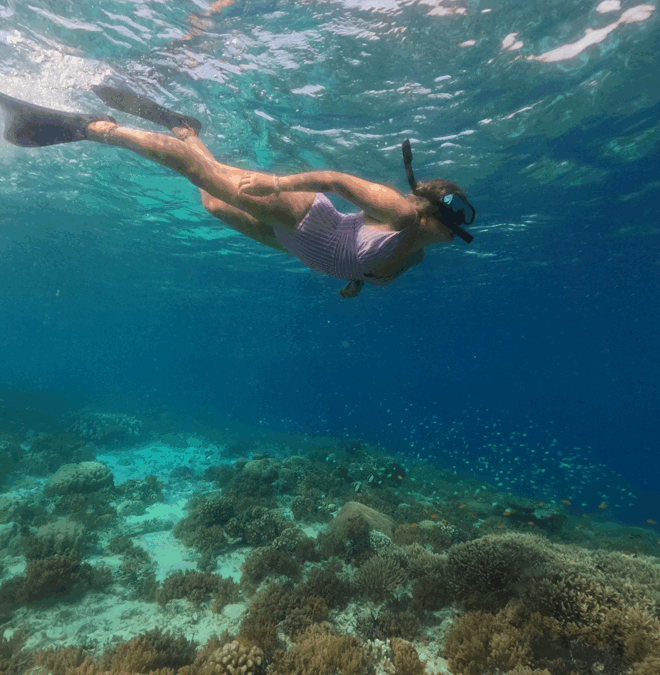Despite once being a prominent feature of South Wales’s wildlife scene, water voles have become endangered – and practically extinct in most locations. Numbers of water voles have reportedly declined by 90 percent in the last 30 years.
Water Voles are small rodents that inhabit wetlands across Europe and parts of Asia. Conservationists in Wales have been searching for new ways to track the characteristically shy creatures in the wild. It appears they have found a gleaming solution.
The Initiative for Nature Conservation Cymru (INCC) believes that by feeding the animals something that sparkles, they will be able to track them when it comes out the other end.
This isn’t the first time that conservationists have used food to investigate wildlife. Chief executive of INCC, Rob Parry, explained that similar work had been done before with badgers using peanuts.
“We’ve taken that idea and scaled it down to water vole size, which means using glitter,” Mr Parry told reporters.
The aim is for the voles to consume food containing the glitter – which is biodegradable and has been verified safe by vets – and once the glitter comes out in their feces, they will be trackable by conservationists. Different colours of glitter may be used to help identify different families and how far they travel.
Read more about the efforts to help animal conservation here.
If experts are able to track the voles, they will be able to make adjustments to their habitats, making the areas more liveable and improve numbers of the animals in the wild.
The team at the INCC are testing their theory out on captive-bred water voles which are part of a Natural Resources Wales (NRW) project to reintroduce colonies of the species back into the wild.
Glitter is spread onto apples – a food that isn’t common to the animal in the wild but a favourite of the captive-bred colonies – and fed to the water voles, according to Richard Davies of NRW, who has bred hundreds of water voles and successfully reintroduced them back into the wild.
The success of the project is dependent on how the glitter upholds its shine throughout the process, rather than the appetite of the water voles.
According to Mr Parry, it is vital for experts to find a solution for water vole conservation, blaming humans for the rapid decline in numbers.
He told the BBC: “We have drained an awful lot of their wetland habitat, forced them into linear ditches where we find them now, and then the biggest problem is the American mink, an invasive species that was let out and released from pens and they just turned out to be the perfect water vole predators. The water voles don’t stand a chance, really.”
Now, does it work?
According to the glittery droppings spotted by conservationists, it certainly does.



